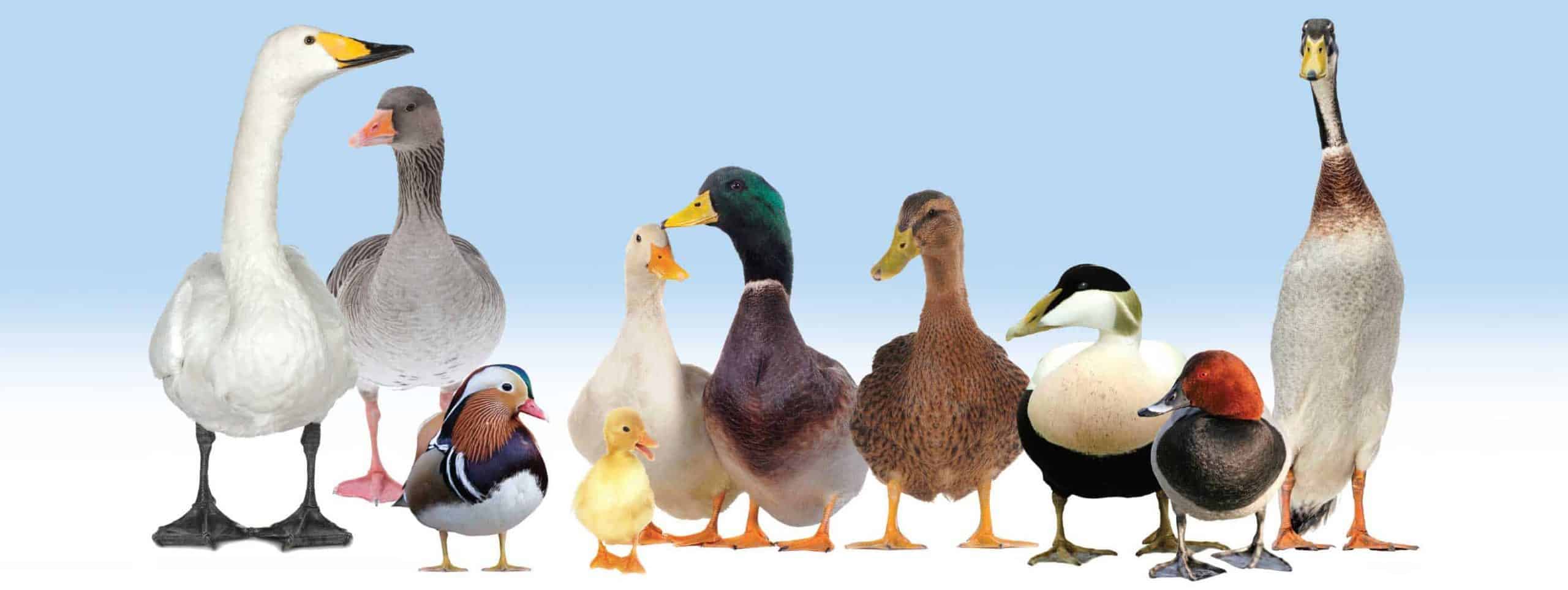Pal-Mates … weekend web tip
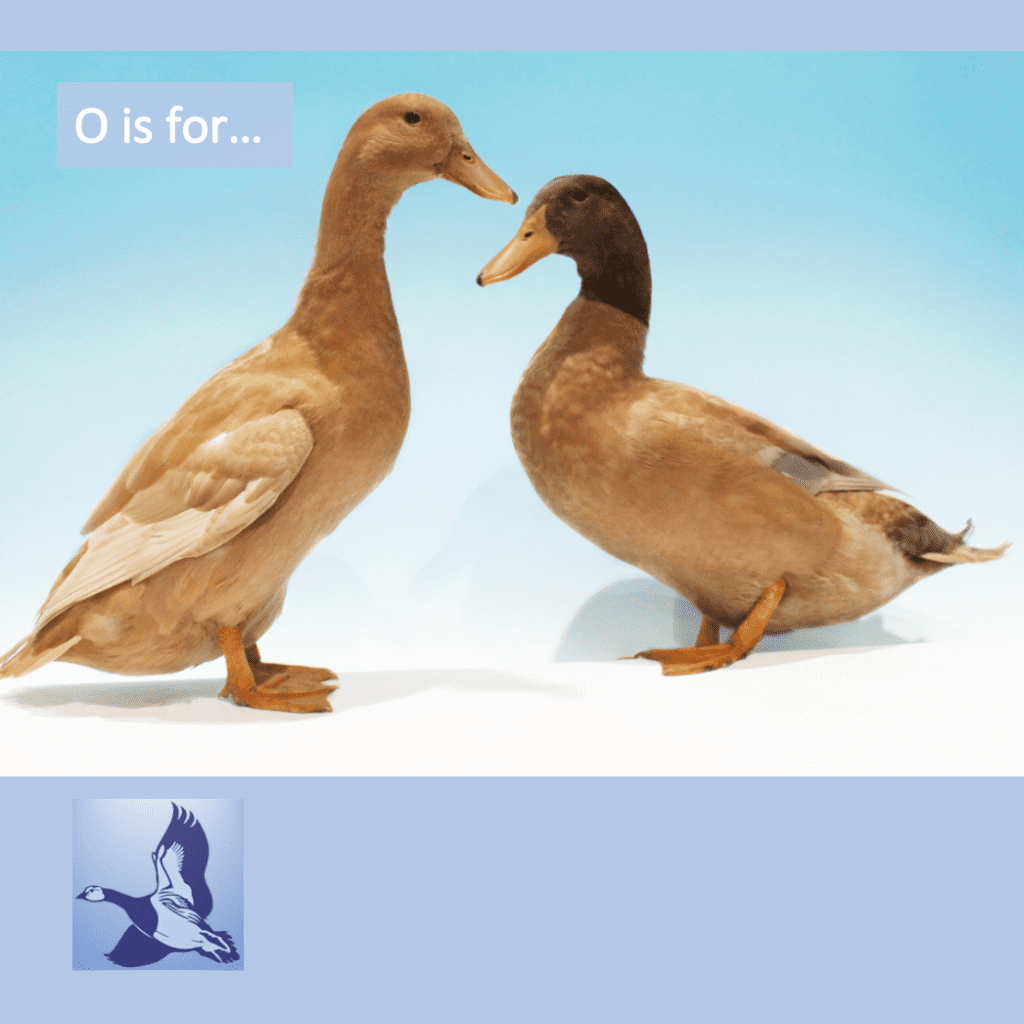
Orpington Ducks. Are you thinking about keeping a rare breed but finding it hard to choose which one? When it comes to husbandry and upkeep, a pure breed takes no more effort than a cross-breed. The Orpington Duck is included on the Rare Breeds Survival Trust (RBST)‘s watchlist of traditional breeds of poultry. […]
Pal-Mates … weekend web tip
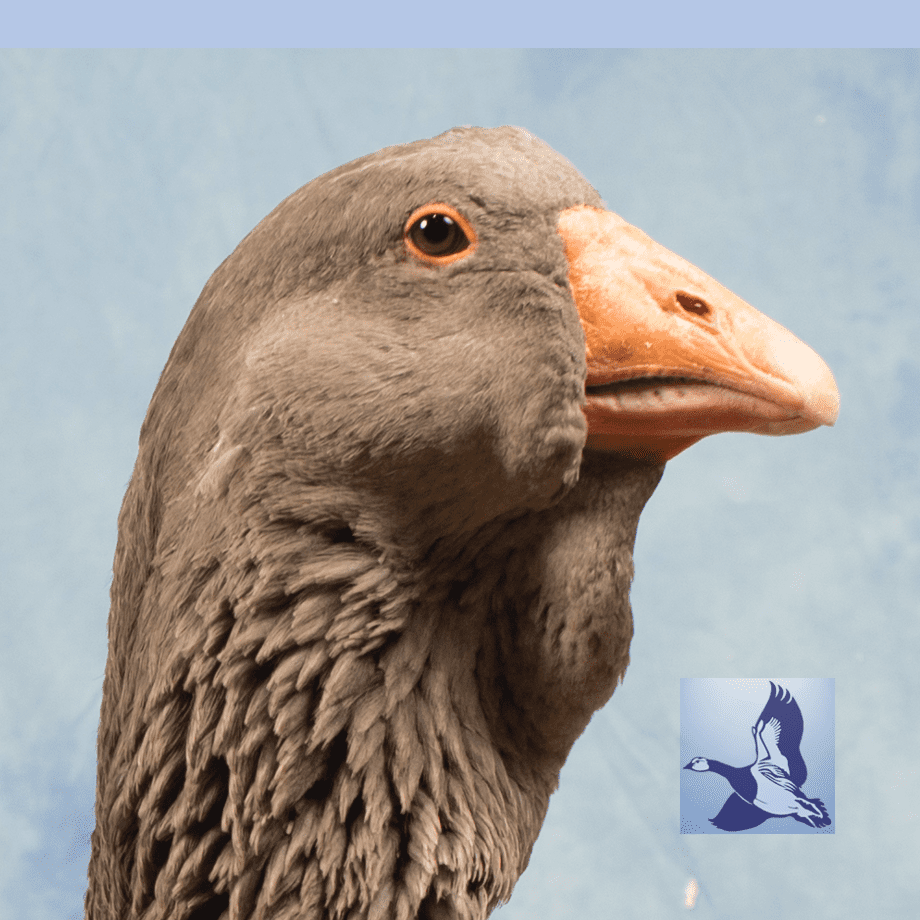
N is for… Nostrils or nares. The 2 holes in the upper part of the beak are the entry point to the mouth cavity for breathing air. At the back of the tongue is a slot which leads down into the larynx and trachea, closing firmly when the bird swallows. Food and water pass either […]
Bird flu outbreaks are still with us
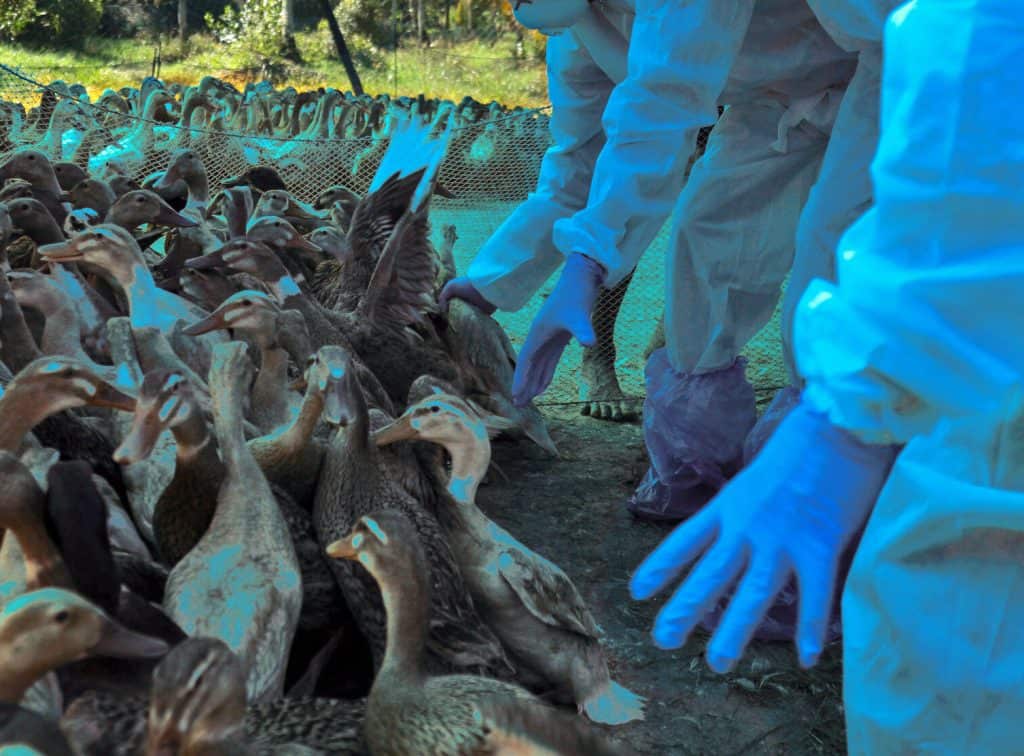
With 2 more cases announced this week, one in Aberdeenshire and one in Suffolk, the threat to our birds is far from over. Since the first case confirmed in this outbreak on the 26 October 2021, 102 cases of avian influenza have been confirmed in the UK. This is now the largest ever UK […]
Pal-Mates — weekend web tip
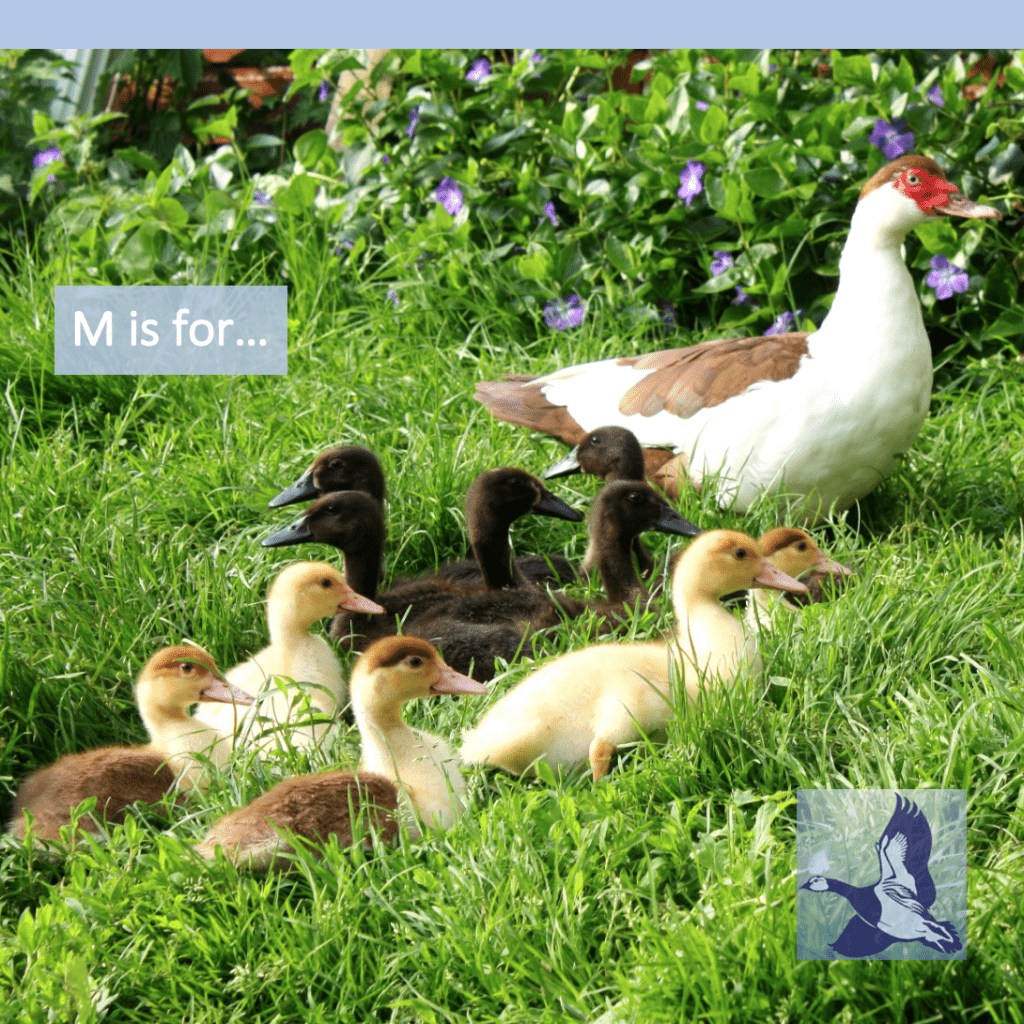
M is for Motherhood and Muscovy. As a broody duck, nothing can match the Muscovy. She’s a big bird, but able to be gentle and diligent. Despite looking fierce, with warty red caruncles around their faces, Muscovies are usually a quiet breed. The wild Muscovy, Cairina moschata, originates in South America and is a mainly […]
Pal-Mates — weekend web tip
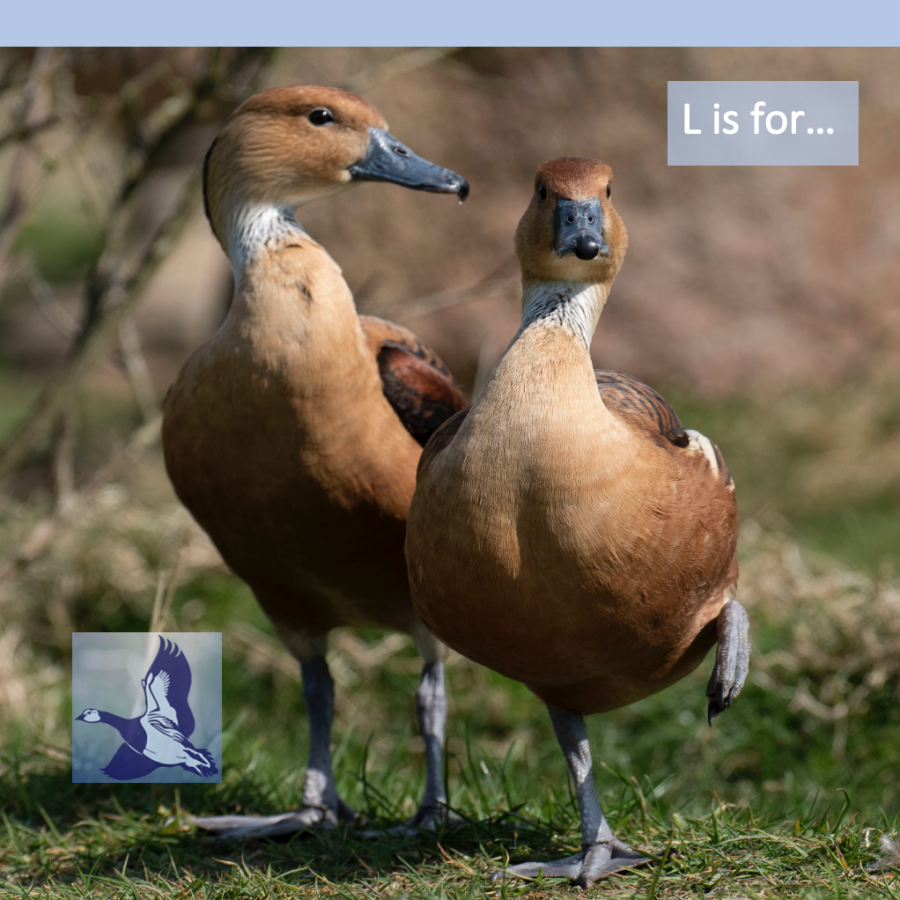
Limping or lameness. There are lots of reasons why waterfowl may go lame. Accident and injury, perhaps after being chased, painful feet because they have calluses or bumble foot, age related degeneration can all be causes. A high parasitic worm burden can also make birds limp, so worth considering if you notice a change in […]
Just starting with incubation?
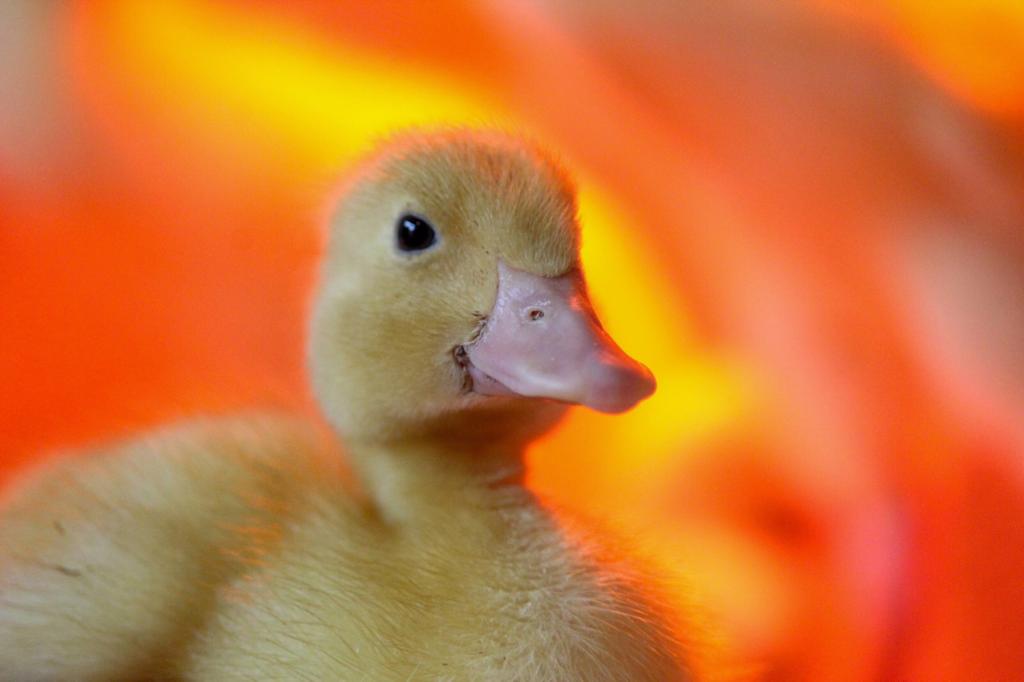
Our slide presentation on Facebook will guide you through the process. https://www.facebook.com/BritishWaterfowlAssociation/videos/639246863854504
Pal-Mates — weekend web tip
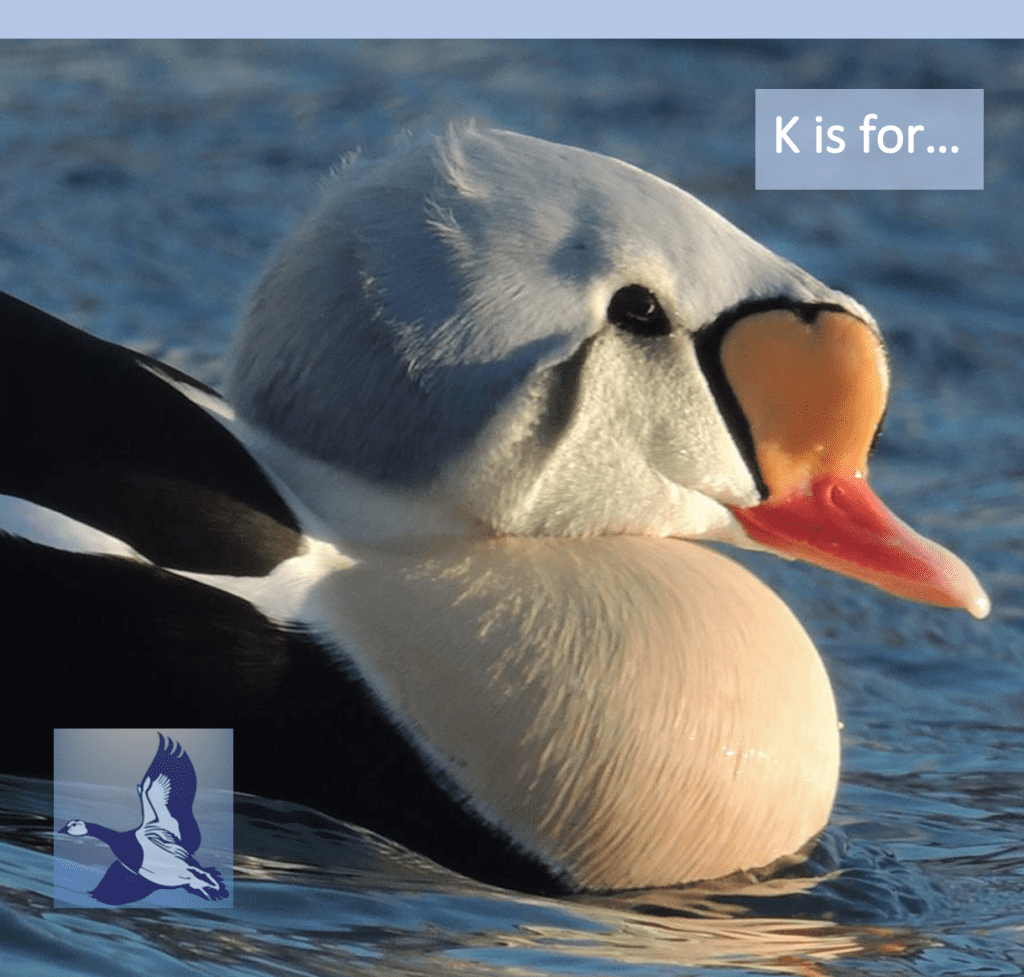
It’s easy to be impressed by the King Eider, Somateria spectabilis. These are tough birds which breed on the tundra. Although they have been bred in captivity for many decades, they are definitely not easy. In general, the price of birds relates to the difficulty of breeding them. This species is definitely something to aspire […]
Pal-Mates — weekend web tip
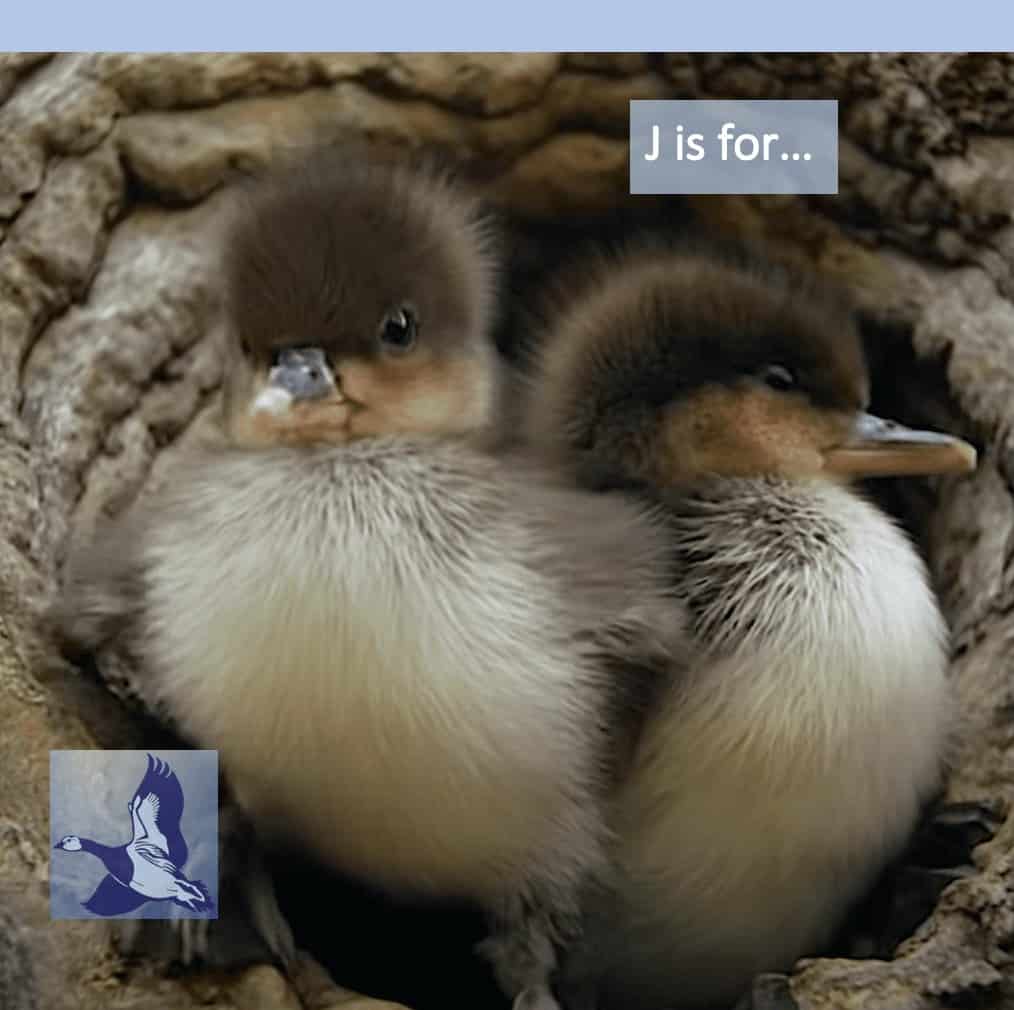
Jumping. Not an activity always associated with waterfowl, but some are adept at hopping up steps and branches. Jumping from a height though is seen in many species which nest in high places, such as Barnacle Geese, Wood Ducks or Hooded Mergansers. https://youtu.be/bDJw43BJtCE When making a nest box it will help the ducklings get […]
Get set for our AGM next week
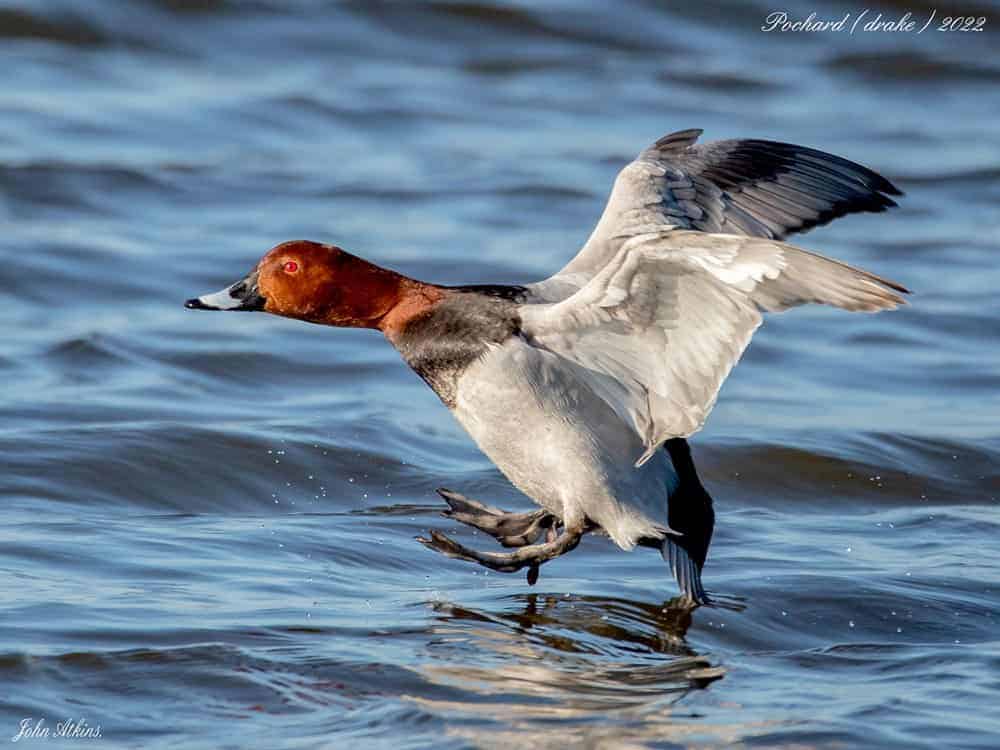
Here’s hoping you’ll land on our Zoom meeting on Saturday 26th February at 2pm. Afterwards we will hold our interactive workshop: Incubation … it’s a hot topic! All paid up members will receive a link to join the meeting on Monday or Tuesday. We were disappointed to make the decision to have our AGM online […]
Happy Darwin Day everyone!
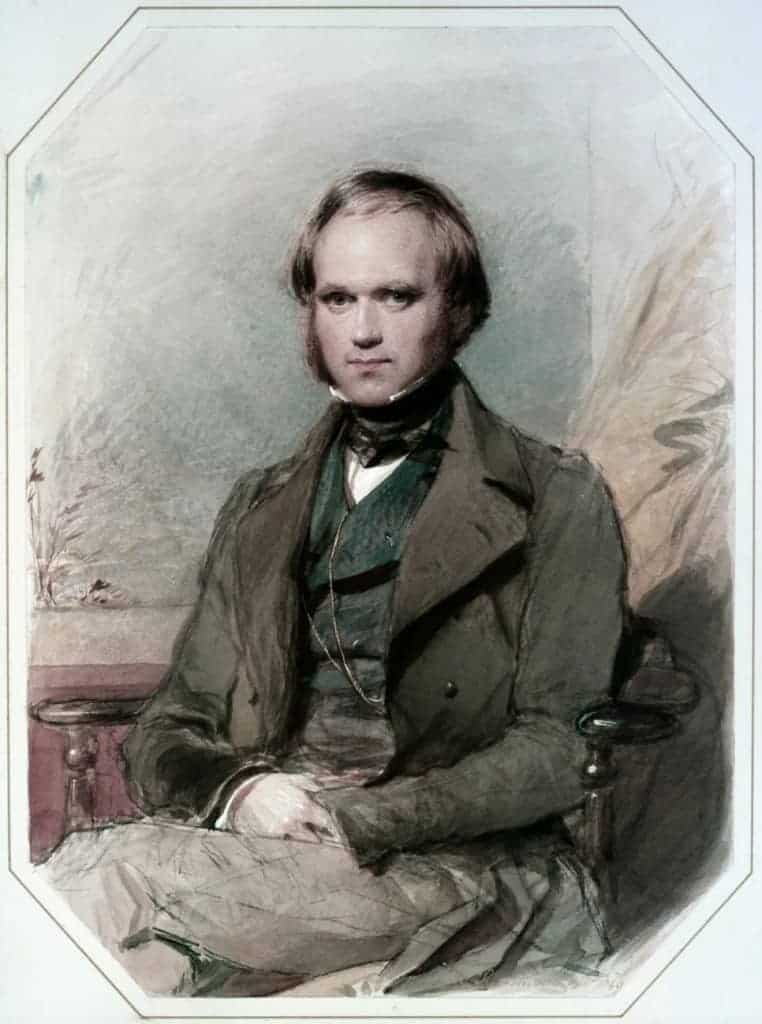
Experimenting with your pet ducks? This study seems pretty reasonable — from the great man’s book Origin of Species: “Some species of fresh-water shells [i.e., mollusks] have very wide ranges, and allied species which, on our theory, are descended from a common parent, and must have proceeded from a single source, prevail throughout the world. […]


